Introduction
Steamed pork ribs with dried tangerine peel, or Chenpi Zeng Gai Pai in Cantonese, is a beloved dish in Chinese cuisine that marries tender meat with the aromatic, citrusy notes of aged tangerine peel. This recipe, rooted in tradition yet adaptable to modern kitchens, offers a harmonious blend of flavors and textures. The dish is celebrated for its ability to balance richness with a refreshing zest, making it a staple at family gatherings, banquets, and casual dinners alike. Beyond its culinary appeal, dried tangerine peel is revered in traditional Chinese medicine for its digestive and therapeutic properties, adding a layer of wellness to every bite.
This guide will walk you through the intricacies of preparing this dish, from selecting the finest ingredients to mastering the steaming technique. Whether you are a seasoned home cook or a curious novice, this article will equip you with the knowledge to recreate this classic with confidence.
Ingredients: The Foundation of Flavor
To achieve authentic results, every ingredient must be chosen with care. Here’s a breakdown of the key components:
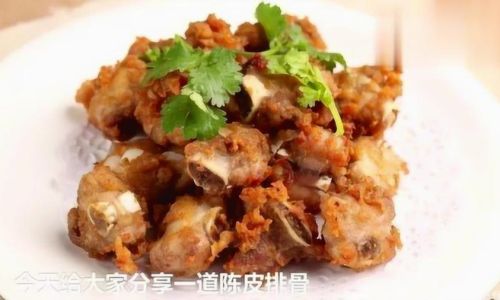
- Pork Ribs (1.5 lbs / 680g): Opt for spare ribs or baby back ribs, cut into 1.5-inch pieces. Ensure the meat is fresh, with a pinkish hue and minimal fat for a leaner texture.
- Dried Tangerine Peel (10g): Also known as Chenpi, this is the soul of the dish. Aged for at least three years, it imparts a bittersweet complexity. Look for pieces that are golden-brown and brittle.
- Fermented Bean Paste (2 tbsp): A salty, savory condiment made from fermented soybeans. It adds depth and umami.
- Soy Sauce (1.5 tbsp): Use a combination of light soy sauce for saltiness and dark soy sauce for color.
- Shaoxing Wine (1 tbsp): A rice wine that enhances aroma and tenderizes the meat.
- Sugar (1 tsp): Balances the saltiness and bitterness.
- Cornstarch (1.5 tbsp): Creates a velvety coating when mixed with the marinade.
- Garlic (3 cloves, minced) and Ginger (1-inch piece, grated): Adds aromatic warmth.
- Sesame Oil (1 tsp): For a nutty finish.
- White Pepper (¼ tsp): A subtle spice that elevates the flavor profile.
- Fresh Cilantro (for garnish): Optional, but adds a pop of color and freshness.
Preparation: The Alchemy of Marination
The success of this dish hinges on meticulous preparation. Follow these steps to infuse the ribs with layered flavors:
-
Rehydrating the Dried Tangerine Peel:
- Place the dried peel in a small bowl and cover with warm water. Let it soak for 20–30 minutes until pliable.
- Gently scrub the peel to remove any dirt, then pat dry. Finely chop or julienne it into thin strips.
-
Marinating the Ribs:
- In a large mixing bowl, combine the fermented bean paste, soy sauces, Shaoxing wine, sugar, garlic, ginger, sesame oil, and white pepper. Whisk until smooth.
- Add the ribs to the marinade, ensuring each piece is coated. Massage the mixture into the meat for 2–3 minutes to tenderize.
- Sprinkle the cornstarch over the ribs and toss gently. This step locks in moisture and creates a silken texture.
- Cover the bowl with plastic wrap and refrigerate for at least 2 hours (or overnight for optimal flavor).
-
Assembling the Dish:
- Remove the ribs from the refrigerator 30 minutes before steaming to allow them to reach room temperature.
- Arrange the ribs in a single layer on a heatproof plate, avoiding overlap to ensure even cooking.
- Scatter the rehydrated tangerine peel evenly over the ribs.
Steaming Technique: The Key to Tenderness
Steaming is a delicate art that requires precision. Follow these guidelines for perfect results:
-
Equipment:

- Use a bamboo steamer or a stainless-steel steamer basket fitted over a wok or pot. Ensure the water level is sufficient but not touching the steamer basket.
- Line the steamer with parchment paper or cabbage leaves to prevent sticking.
-
Cooking Process:
- Bring the water to a rolling boil over high heat.
- Place the plate of ribs in the steamer, cover tightly, and reduce the heat to medium.
- Steam for 25–30 minutes, or until the meat is tender and cooked through. Avoid lifting the lid during steaming, as this releases heat and disrupts cooking.
-
Testing for Doneness:
- Insert a fork into the thickest part of a rib. If the meat pulls away easily from the bone, it’s ready.
- Overcooking will result in dryness, while undercooking leaves the meat chewy.
Serving Suggestions: Elevating the Experience
Steamed pork ribs with dried tangerine peel pairs beautifully with:
- Steamed Rice: The fluffy grains absorb the savory juices, creating a comforting meal.
- Stir-Fried Greens: Balance the richness with crisp vegetables like bok choy or gai lan.
- Dipping Sauce: For extra zing, serve with a mixture of soy sauce, chili oil, and minced garlic.
Health Benefits: A Nourishing Delight
Beyond its gastronomic appeal, this dish offers nutritional advantages:
- Digestive Aid: Dried tangerine peel contains bioactive compounds that aid digestion and alleviate bloating.
- Protein-Rich: Pork ribs provide essential amino acids for muscle repair and energy.
- Low in Fat: When steamed, the dish retains minimal oil, making it a healthier alternative to fried options.
Variations and Tips: Customizing Your Creation
Experiment with these tweaks to suit your palate:
- Spice It Up: Add a pinch of dried chili flakes or Sichuan peppercorn to the marinade for heat.
- Gluten-Free Option: Substitute soy sauce with tamari or coconut aminos.
- Vegetarian Twist: Use seitan or oyster mushrooms in place of pork, adjusting cooking time accordingly.
- Aromatic Enhancements: Toss in sliced scallions or a star anise pod during steaming for added complexity.
Troubleshooting: Common Pitfalls and Solutions
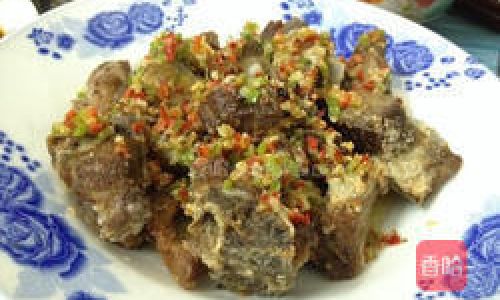
- Tough Meat: Ensure the ribs are marinated for at least 2 hours. Overcooking can also toughen the meat.
- Bitter Aftertaste: Soak the tangerine peel thoroughly to mellow its bitterness. Avoid using excessively aged peel.
- Soggy Texture: Steam over high heat to create a dry, aromatic environment. Avoid overcrowding the steamer.
Cultural Context: A Dish Steeped in Tradition
Dried tangerine peel has been used in Chinese medicine for centuries, prized for its ability to regulate qi (vital energy) and alleviate coughs. In Cantonese cuisine, it symbolizes prosperity and longevity, often featured during festive occasions. The act of steaming, a gentle cooking method, reflects the philosophy of preserving ingredients’ inherent qualities—a testament to the harmony between food and health.
Conclusion: A Symphony of Flavors
Steamed pork ribs with dried tangerine peel is more than a meal; it’s a celebration of culinary heritage. The interplay of savory, sweet, and citrusy notes, coupled with the tender texture of the meat, creates a dish that delights the senses and nourishes the body. Whether served at a family reunion or enjoyed as a weeknight indulgence, this recipe invites you to savor the artistry of Chinese home cooking.
As you embark on your culinary journey, remember that patience and precision are your greatest allies. Marinate thoughtfully, steam with care, and let the fragrant aroma of Chenpi fill your kitchen. Bon appétit!

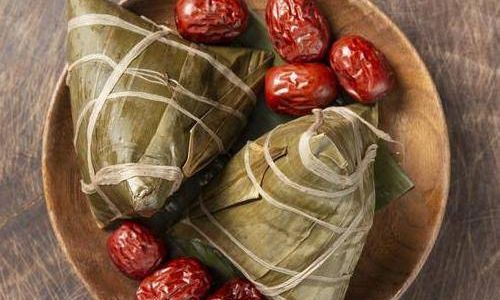

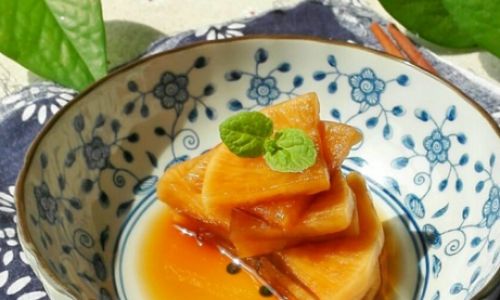
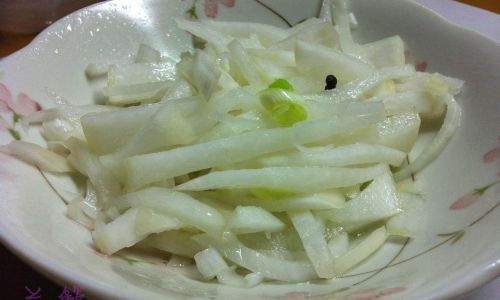
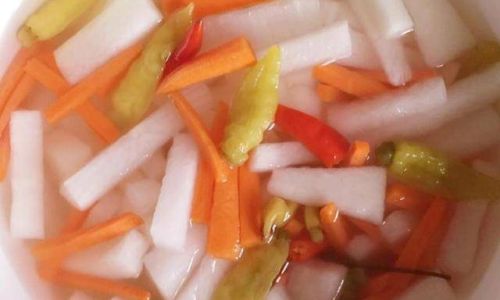
0 comments